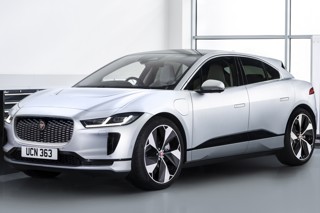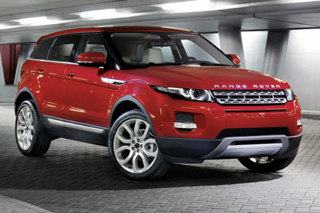AM does not spend much time on supercars, let alone hypercars.
However the recent announcement that Jaguar is to build the C-X75 concept car is more significant than any other announcement of an expensive sports car in the last 20 years.
Before looking at that significance, it should be said that the new Jaguar is very much the exception that proves the rule.
Most hypercars fail, either by sinking without trace, or in terms of actually turning a decent profit
Of course Jaguar knows this better than anyone after the fiasco of the 1980s XJ 220 that was so unpopular that the company once threatened people who had placed a deposit that, if they did not complete the purchase, they would be taken to court.
However, it is not alone: no new entrant to the business has made a decent return on its investment and even the seminal McLaren F1 was no financial success.
Only Ferrari, with its unrivalled experience and cachet, makes a consistent profit on its limited-run models like the Enzo.
So what is different about the Jaguar? Firstly, it looks beautiful.
All new supercars look fast, dramatic and impressive – although sometimes in a rather generic way, as if everyone has read the same design manual.
The Jaguar literally stopped people in their tracks at the Paris show because it took all the usual styling characteristics and added a sensuous beauty.
A Koenigsegg looks impressive because you can imagine it doing 200 mph. The C-X75 is a sensational shape even if it never moves a single inch.
Secondly, it does offer something genuinely different with its hybrid drivetrain – Jaguar is talking about 200 mph and 65-plus mpg, which is quite a combination.
Statement of intent
Along with the forthcoming Porsche 918, it does genuinely move the game on, after a depressing number of me-too hypercars over the last 25 years.
However, most importantly, it is a statement of intent for the company.
While Land Rover (and especially Range Rover) is going great guns and reporting record sales and profits, Jaguar has rather played second fiddle recently.
Its reduced range of cars is now reasonably successful, but the XF, XJ and XK are huddled together in quite a narrow part of the market and the company still suffers from a slightly “old man’s car” image.
The C-X75 shows that Jaguar is serious about regaining the dynamic image it had in the fifties and sixties before the dead hand of British Leyland took over.
It is also clear that the C-X75 is not going into production instead of a new small Jaguar. It is part of a wider investment plan


















Login to comment
Comments
No comments have been made yet.